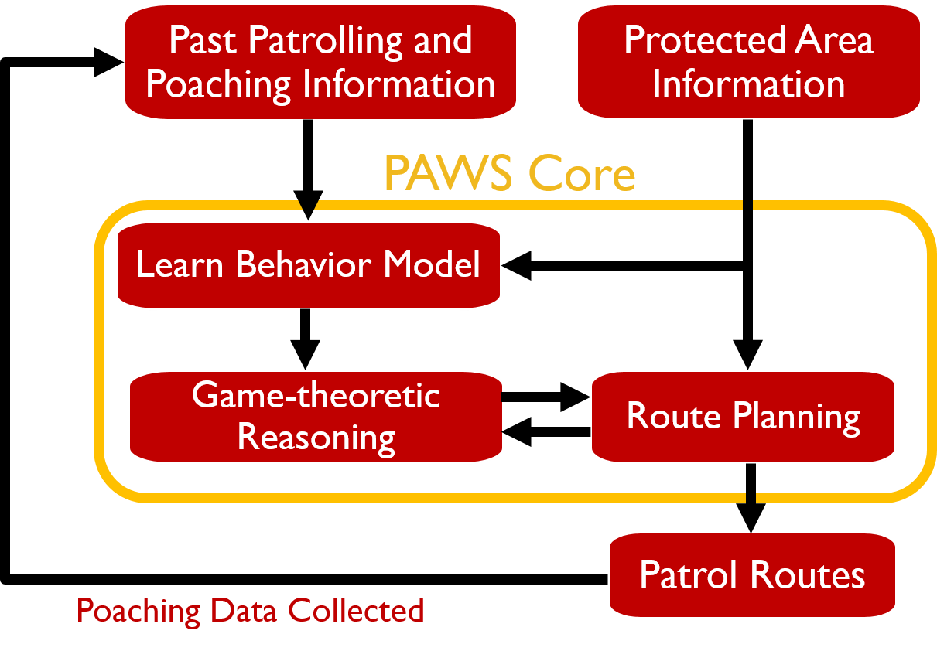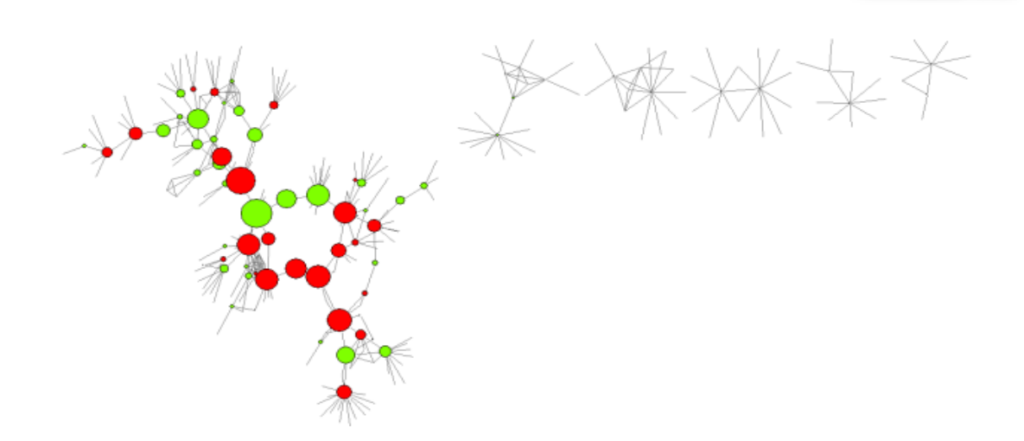Rangers and poachers are constantly fighting a cat and mouse game. The poachers trying to set snares to capture sought after animals, and the rangers attempting to apprehend them. After numerous unsuccessful attempts to combat this behavior, the Indian government, with the help of the University of Southern California, developed the Protection Assistant for Wildlife Security (PAWS). The goal of PAWS is to determine patrolling routes to increase the effectiveness of the anti-poaching. To do this, PAWS uses a mixture of artificial intelligence and game theory. This is a great application for game theory, as there is a clearly defined adversarial relationship; the poachers are constantly switching up their routes, trying to evade the conservationists and the conservationists are trying to stay one step ahead of the poachers. Using previous poacher and ranger activity, along with animal population data, map data, and many other constraints, PAWS creates a model of the poachers’ behavior. Exploratory PAWS patrols have lead to almost double the number of average human sightings, demonstrating the clear predictive power of the algorithm.

I like this example because it highlights how applicable game theory is to many real world situations. We are constantly bombarded with these sorts of adversarial relationships and this article inspires me to search for places in my life where I could use this understanding to more effectively respond to the situation. From modelling competition in the marketplace, soldiers on the front line, to poachers, game theory, no doubt, deserves all of the accolades it has received.
References:


